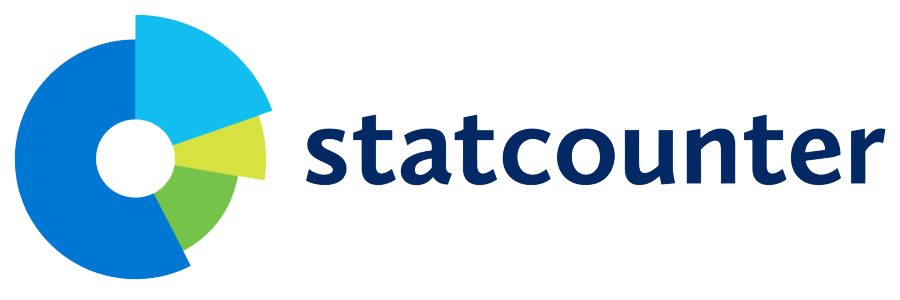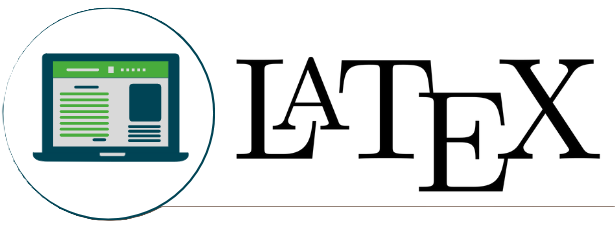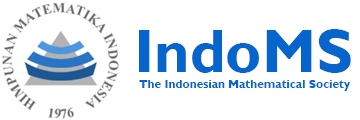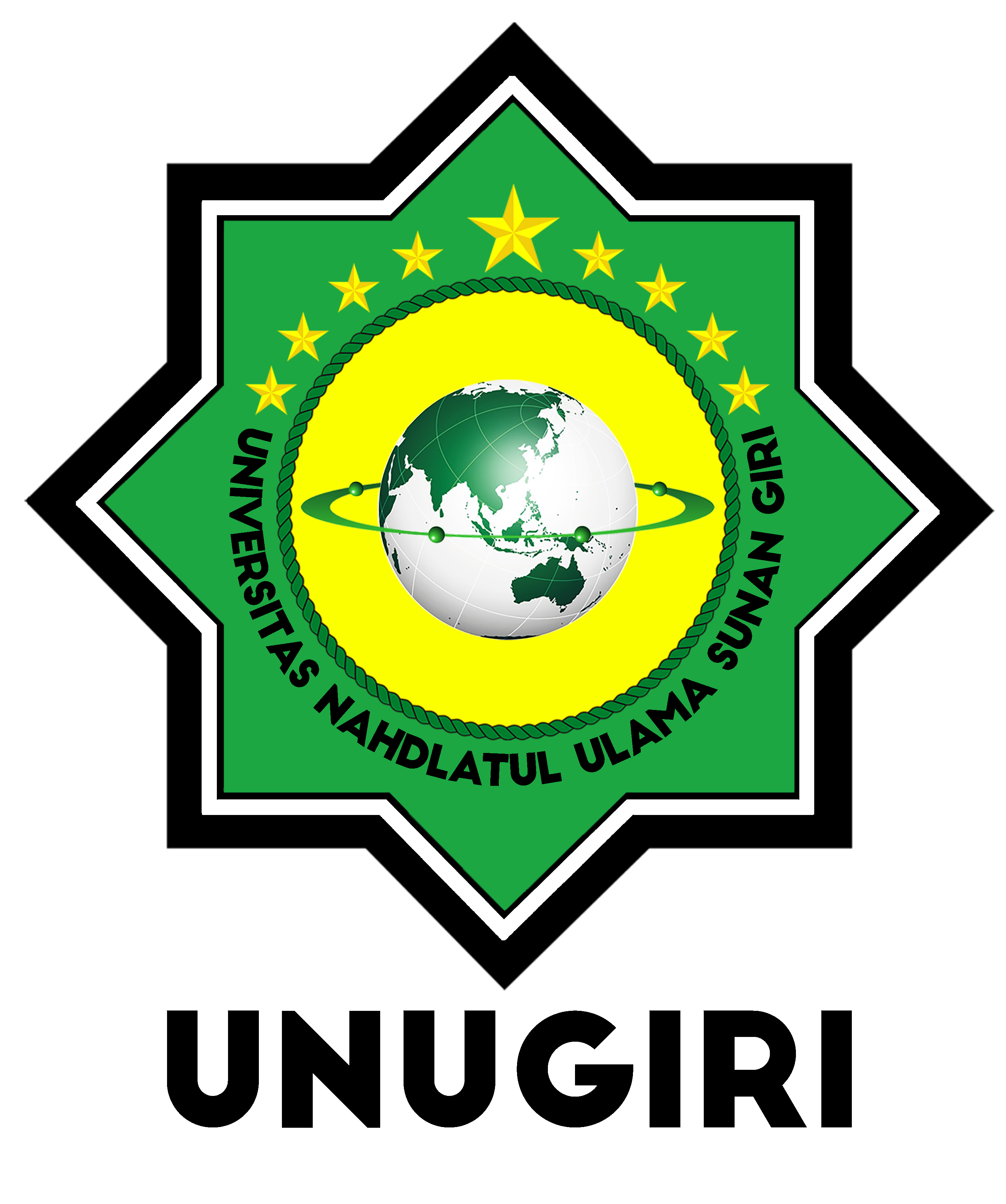Aplikasi Aljabar Max-Plus dan Petri Net dalam Penentuan Waktu Optimal Produksi Tempe di Pabrik Tempe Asli Hb Samarinda
 PDF Download: 244
PDF Download: 244
DOI:
https://doi.org/10.32665/james.v8i1.4170Keywords:
Aljabar Max-Plus, Petri Net, sistem produksi, tempeAbstract
Production time efficiency plays an important role in the food industry, including at the Tempe Asli HB Samarinda factory. The tempeh production process involves several lengthy stages, such as the preparation of raw materials, fermentation, and acidification. To optimize scheduling, Max-Plus algebra can be applied to enhance the effective and efficient use of production time. This study aims to construct a model of the tempeh production system using Petri Nets and to solve the tempeh production time problem by optimizing production time using Max-Plus Algebra. The research data was obtained through interviews with the branch manager of the Tempe Asli HB Samarinda factory. Petri nets were used to construct a coverability tree, which was subsequently transformed into a Max-Plus Algebra model. Subsequently, a model simulation was performed using production time data starting at t. The results of this research indicate that the optimal or minimum production time for tempeh is 3 days 6 hours and 57 minutes after production begins.
References
Afifah, Y. N., & Putra, B. C. (2018). Model Matematika Aliran Tak Tunak pada Nano Fluid Melewati Bola Tenis dengan Pengaruh Medan Magnet. Teknika: Engineering and Sains Journal, 2(2), 119-124.
Daniel, F., & Taneo, P. N. (2020). Teori Graf.
Dhuha, S., Sukanta, & Wahyudin, W. (2023). Analisis Proses Produksi Gasket di PT. Mitramas Muda Mandiri Karawang. Jurnal Ilmiah Wahana Pendidikan, 9(4), 518-526.
Khotimah, S. H., A’yun, Q. Q., & Wasono, W. (2024). Pemodelan Sistem Antrean Pelayanan Pembayaran Pajak Kendaraan Bermotor Menggunakan Petri Net dan Aljabar Max-Plus di Samsat MT Haryono Samarinda. Journal of Mathematics Education and Science, 7(1), 65-75.
Kismanti, S. T., & Indriyani, D. (2021). Penerapan Aljabar pada Sistem Produksi. Jurnal Borneo Saintek, 4(1), 37-42.
Ndii, M. Z. (2022). Pemodelan Matematika. Penerbit NEM.
Nurlela, N., Faisol, A., & Fitriani, F. (2022). Model Petri Net Sistem Pembayaran Pajak Kendaraan Bermotor Jenis 5 Tahun. Jambura Journal of Mathematics, 4(1), 33-40.
Prastiwi, L., & Listiana, Y. (2017). The Application of Max-Plus Algebra to Determine The Optimal Time of Ikat Kupang Woven Production. International Journal of Computing Science and Applied Mathematics, 3(2), 77-80.
Rahayuningsih, S. (2018). Teori Graph dan Penerapannya. Program Studi Pendidikan Matematika IKIP Budi Utomo Malang, 1-151.
Rudhito, M. A. (2020). Aljabar Max-plus dan Penerapannya. Sanata Dharma University Press.
Subiono, S. (2015). Aljabar Max-Plus dan Terapannya. Institut Teknologi Sepuluh November.
Suryani, E., Hendrawan, R. A., & Rahmawati, U. E. (2021). Implementasi Model Simulasi Sistem Dinamik dalam Industri Jagung. Deepublish.
Watiy, L. E., Syaripuddin, S., & A'yun, Q. Q. (2023). Penerapan Aljabar Max-Plus pada Pengaturan Durasi Waktu Lalu Lintas di Simpang Empat Air Putih Samarinda. Basis: Jurnal Ilmiah Matematika, 2(1), 57-65.
Yahya, L., Nurwan, N., & Resmawan, R. (2022). Menentukan Waktu Optimal untuk Pembuatan Kerajinan Sulaman Karawo Menggunakan Aljabar Max-Plus. Vygotsky: Jurnal Pendidikan Matematika dan Matematika, 4(1), 23-34.
Downloads
Published
Issue
Section
Categories
License
Copyright (c) 2025 Journal of Mathematics Education and Science

This work is licensed under a Creative Commons Attribution-NonCommercial-ShareAlike 4.0 International License.
Authors who publish with this journal agree to the following terms:
- Authors retain copyright and grant the journal right of first publication with the work simultaneously licensed under a Creative Commons Attribution License that allows others to share the work with an acknowledgment of the work's authorship and initial publication in this journal.
- Authors are able to enter into separate, additional contractual arrangements for the non-exclusive distribution of the journal's published version of the work (e.g., post it to an institutional repository or publish it in a book), with an acknowledgment of its initial publication in this journal.
- Authors are permitted and encouraged to post their work online (e.g., in institutional repositories or on their website) before and during the submission process, as it can lead to productive exchanges, as well as earlier and greater citation of published work
 PDF Download: 244
PDF Download: 244















